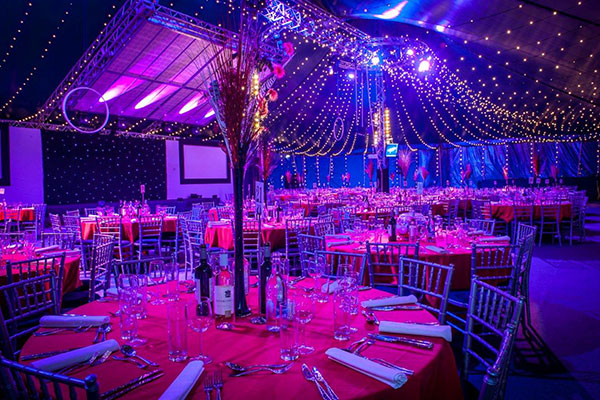If you are planning a wedding, party or another big event, the last thing you may think about is what happens if something goes wrong.
However, event organisers need to be aware of the risks that go along with holding an event and not planning for health and safety contingencies. Moreover local laws will often require some form of safety provision at a given venue, so read on and click here for a few tips on how to health and safety-proof your venue.
1. Escape routes and emergency aid
In the event of a fire, or an accident of any kind an established escape route is extremely important. The escape route takes on many different forms, so you may need one if there is a fire, or if someone needs medical help quickly and in each case there are different pitfalls that all need to be planned for.
If you need to be get medical aid to someone in the middle of a throbbing crowd of people having fun, you need to think about communicating your need to the crowd, quickly and ensuring you can get to the site where help is needed, fast. Equally, if a mass evacuation of people is required, late at night people will need to have sign-posted directions to direct them where to go in the event of an emergency.
2. Lighting
In any emergency, lighting is extremely important. To health and safety proof your venue you need to check that lights including emergency lights are working and in good repair. Have you thought about what would happen if there is a power cut during an emergency? Access to a generator, or even basic equipment like flashlights should be planned for in order to health and safety-proof an event.
3. Special needs
If you need to carry out an evacuation of your venue you will have many different types of people with different needs to think about, for example the elderly, young people and disabled people.
4. Entry and exit points
At a venue where a mass number of people may need to be moved in a given direction at any one time, clear exits and entry points are extremely important. Make sure that nothing is blocking entry and exit points and that signs are placed in important places to notify people that blocking entries is not acceptable.
5. Controlled halting
At a venue, you may need to communicate very quickly and very clearly with a lot of people at once. In some cases this involves organising a ‘show-stop’ or a halt to a performance or event. You need to plan who will be responsible to take the decision to ‘show-stop’, what they will do and how. Nothing is worse in an emergency than making decisions like this at the beginning of an emergency when people may be upset or panicking.
Click here to find out more about booking the right venue for your event

